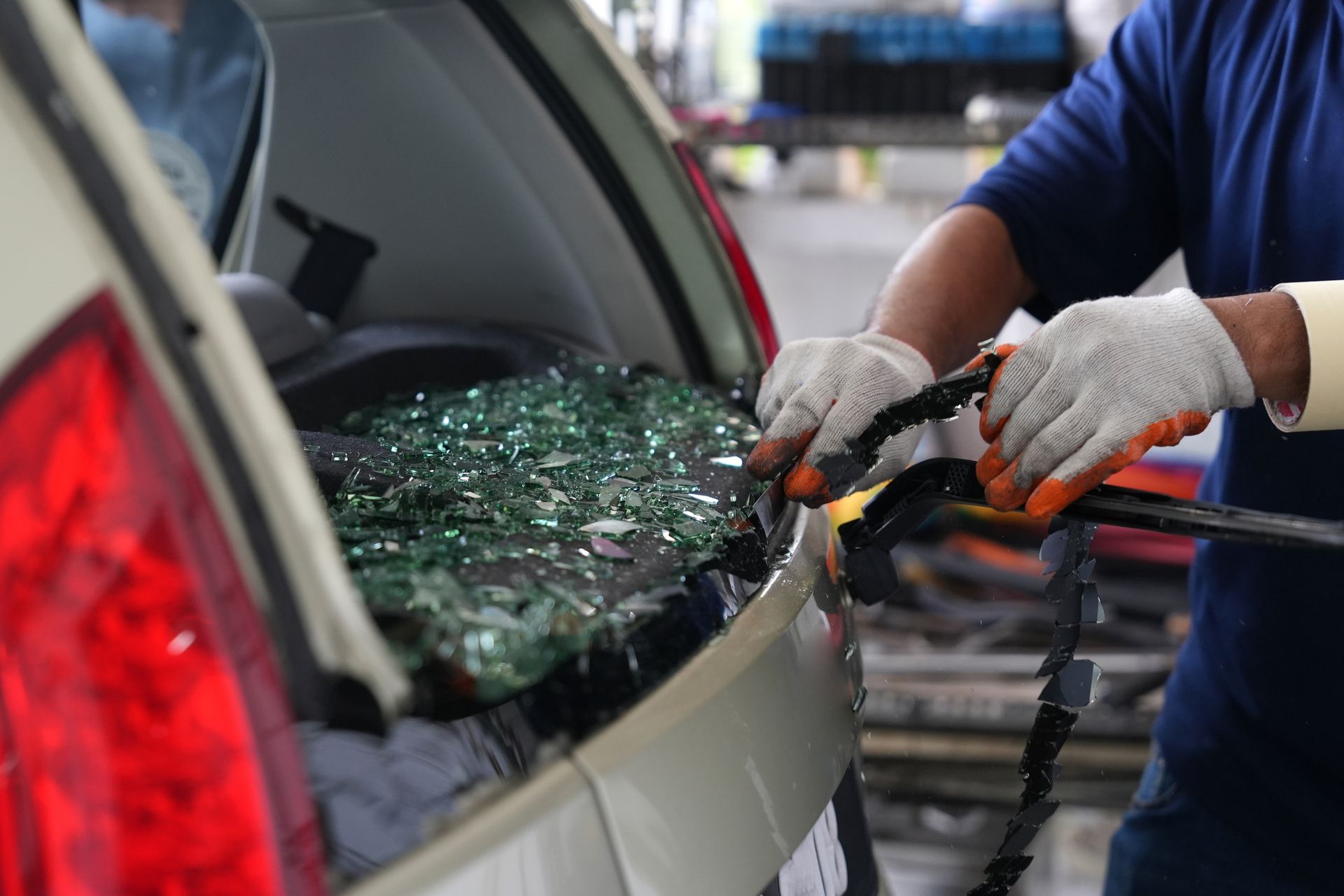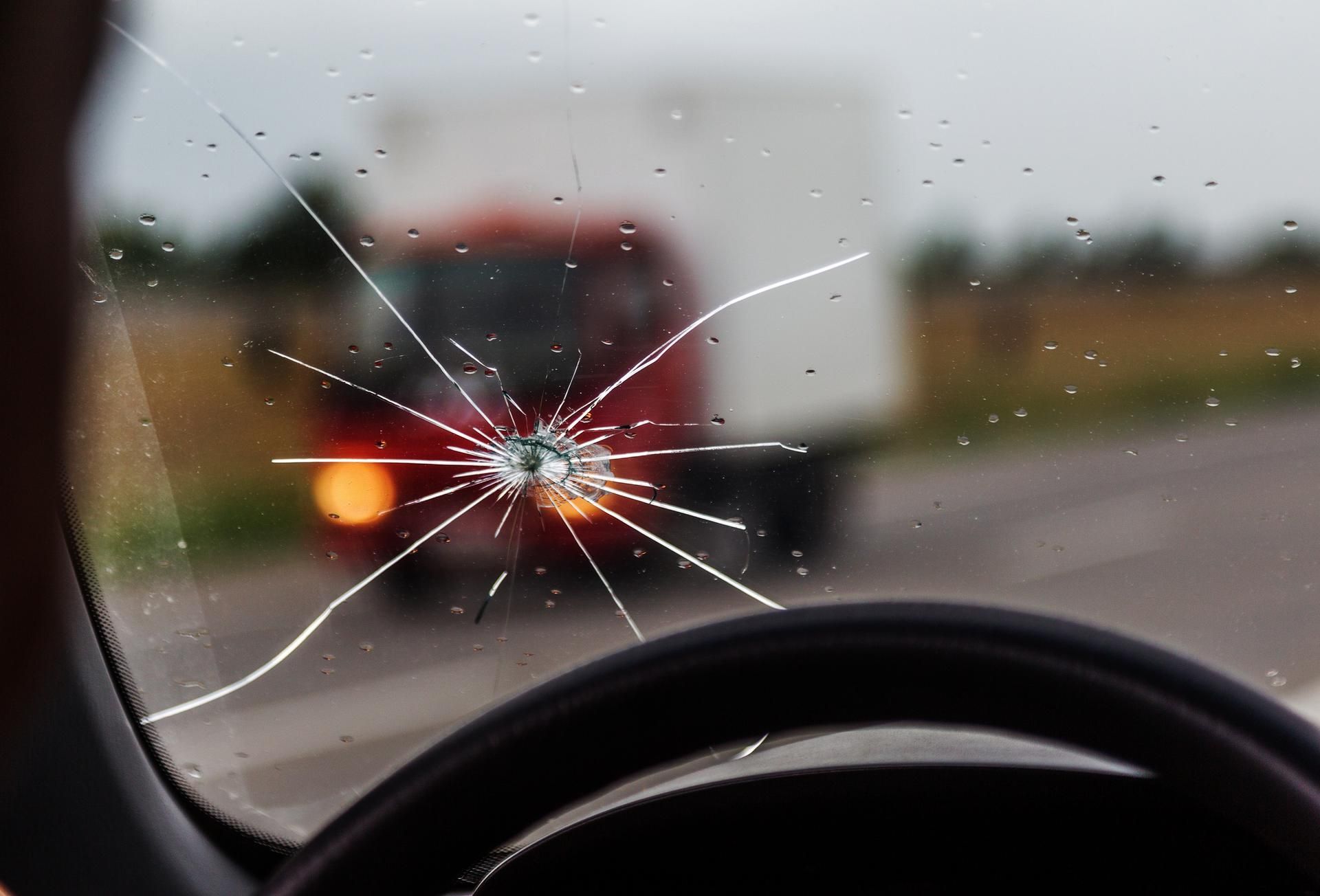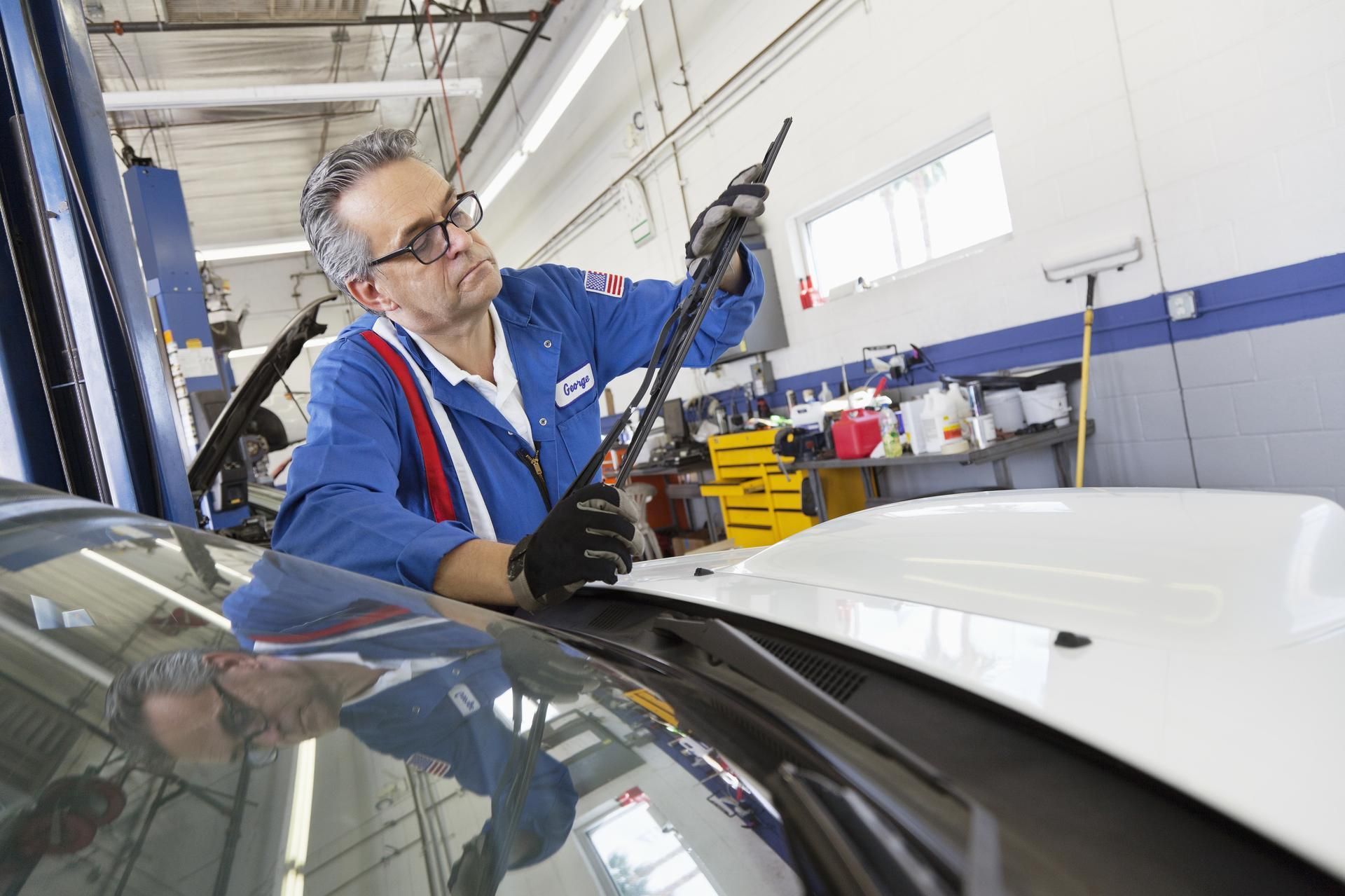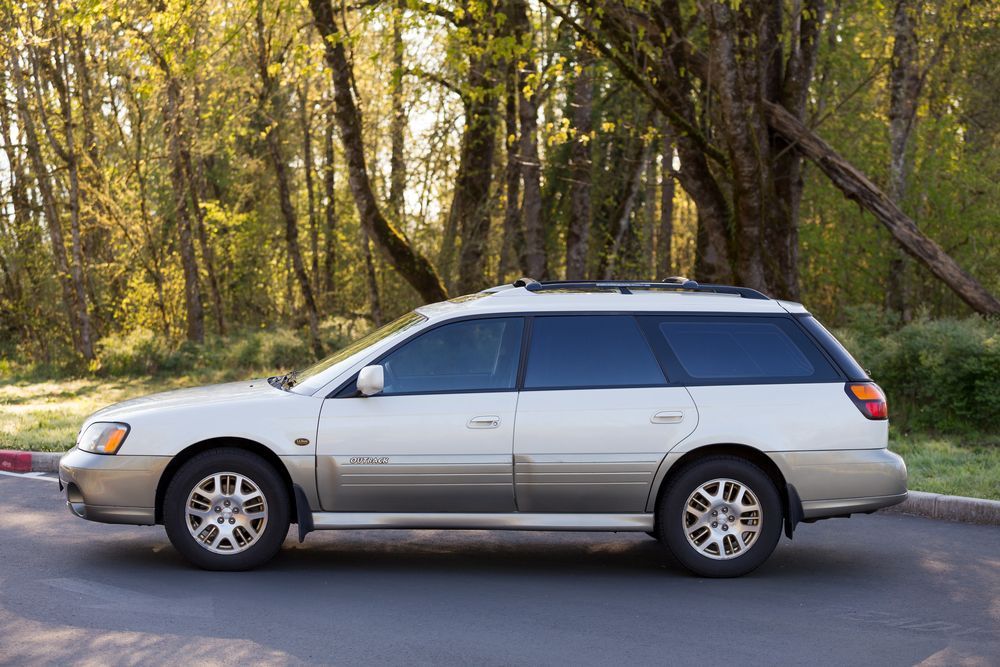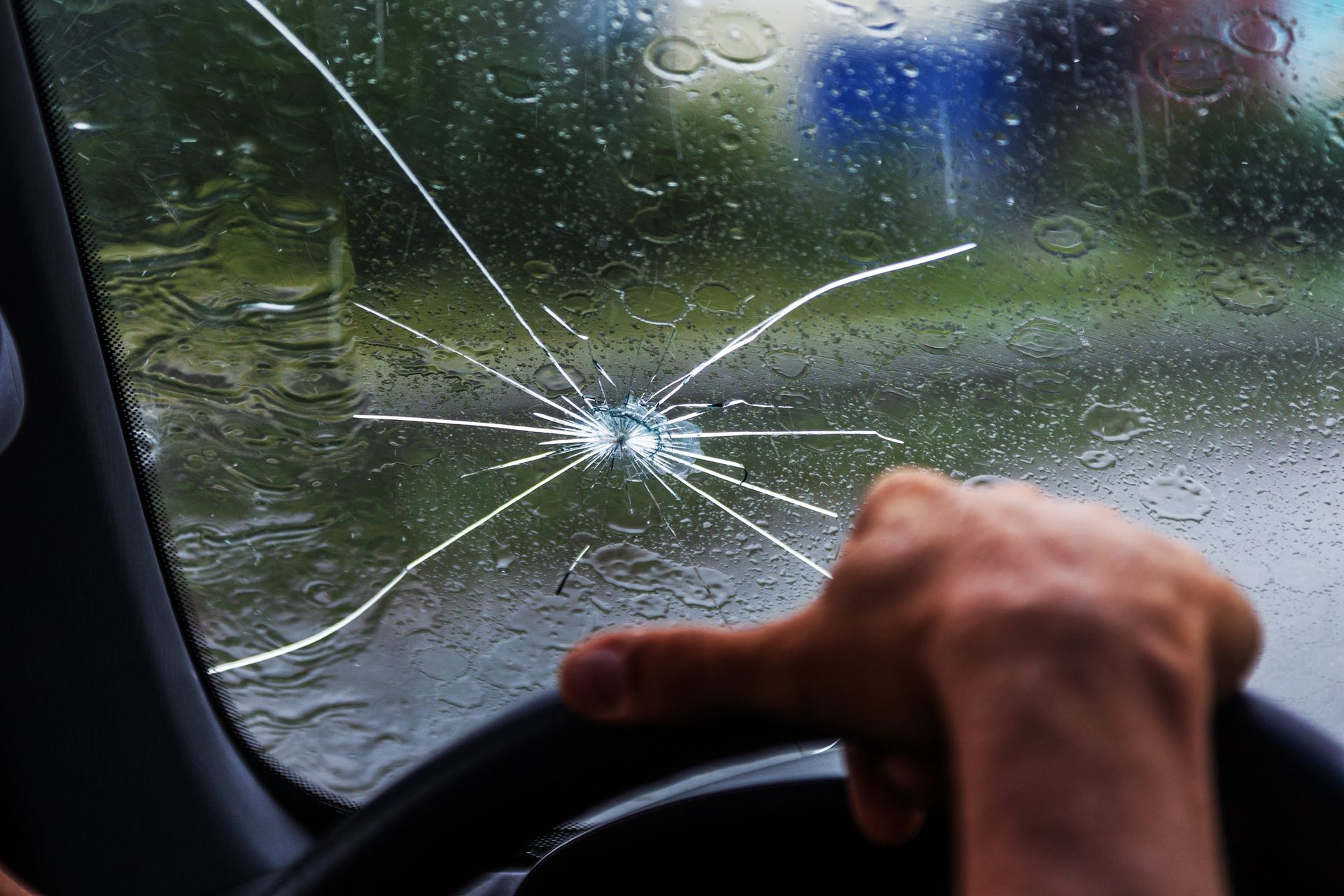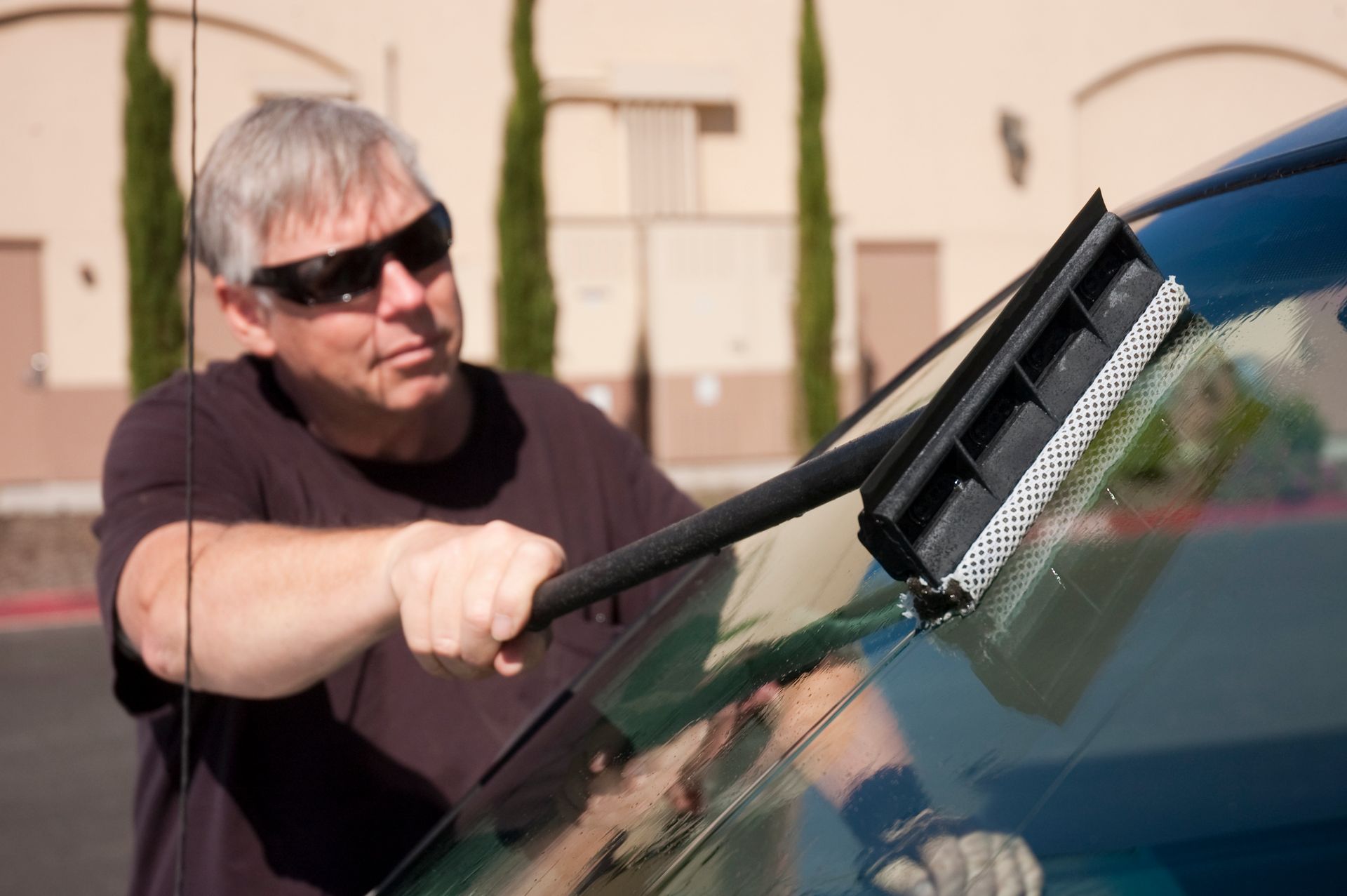Rear Automobile Glass: What You Need to Know

All automobile windows, including rear windows, serve important purposes. Rear vehicle windows help protect vehicle occupants from flying debris, provide a direct view of the road and any obstructions behind an automobile, prevent occupant ejections during auto accidents, and help support the vehicle frame.
Read on to learn more about rear automobile windows and how they differ from front windshields, as well as the most common causes of rear glass damage and when rear windows should be replaced.
How Rear Automobile Windows Differ From Front Windshields
While vehicle front windshields are made from laminated glass that is composed of two sheets of auto glass that are bonded together with a layer of polyvinyl butyral (PVB) or other adhesive resin, the rear window of an automobile is typically made from tempered glass. Tempered glass is traditional glass that has been treated with heat, pressure, or chemicals to strengthen it.
When front windshield glass breaks, the layer of adhesive resin typically holds the glass pieces in place, preventing the glass from shattering. However, when a rear window breaks, the tempered glass often shatters into many small pieces.
Unlike traditional annealed glass, these small glass pieces typically do not have extremely sharp edges; the strengthening treatment tempered glass undergoes also causes it to break into pieces with edges that are somewhat rounded.
In addition, rear windows are often equipped with automatic rear window defrosters or defoggers that work differently from front windshield defrosters.
While a front windshield defroster blows air on the window to defrost it, a rear window defroster is made up of a metal grid that is attached to the glass with a special resin. When you activate the rear-window defroster, an electrical current is sent through the grid to create heat that defogs the window and melts any ice that may be on it.
How Rear Window Damage Occurs
While vehicle windshield and rear window glass do differ greatly in design, rear windows tend to crack or break due to similar hazards.
Just a few of the many reasons rear windows develop damage include:
- Glass stress caused by temperature fluctuations. Glass expands slightly when heated and contracts slightly when cooled. While most glass can endure mild temperature fluctuations, glass that heats up or cools down too quickly can break due to thermal stress.
- Impact from flying debris on or off the road. Many rear windshields break when hard objects, such as stones or baseballs, strike them.
- Auto collision impact. Just like all other automobile windows, a vehicle's rear window can break during an auto accident.
While glass hazards are similar, tempered glass tends to be stronger than laminated annealed glass. For this reason, an object typically must hit a rear window with greater impact to break it.
Why Damaged Rear Windows Should Always Be Replaced
While many rear automobile windows immediately shatter when they are damaged, others instead develop cracks or chips. However, no matter what type of damage your rear window has suffered, this window should always be replaced at the first sign of damage.
Small cracks and chips on front windshields can often be repaired instead of replacing the glass panel altogether due to the makeup of laminated glass. Since these windows are made from two sheets of glass laminated together, a small crack in one of them is less likely to jeopardize the structural integrity of the entire windshield.
However, even a small crack or chip in a rear vehicle window made of tempered glass can jeopardize the entire glass panel's structural integrity so much that window replacement is the only option. Even mildly damaged back vehicle windows have been known to shatter spontaneously when a vehicle is being driven due to simple vehicle vibrations that occur while on the road.
A rear window that shatters while driving poses a hazard to vehicle occupants and to other automobile drivers on the road.
How a Rear Window Is Replaced
The replacement of a rear window is performed in several steps. First, your auto glass repair expert will order a new glass panel that matches the dimensions of your original glass. Next, they will carefully remove glass pieces from your window frame and the interior of your vehicle and prepare the window frame for the new glass panel. Then, they will attach the new piece of glass and replace damaged weather-stripping, if needed.
If your original rear vehicle window was equipped with an electrical defrosting system, then a new metal grid will be attached to your rear window and connected to the system tabs that send electricity through the grid.
Finally, the window adhesive is allowed to cure or harden and the defrosting system is tested to ensure it is working before you drive your vehicle away.
Your automobile's rear window differs in composition from your vehicle's windshield, but it serves several similar and important purposes. If your vehicle's rear window is damaged, then contact the auto glass repair experts at MS Glass Outlet for professional vehicle rear window replacement today.

